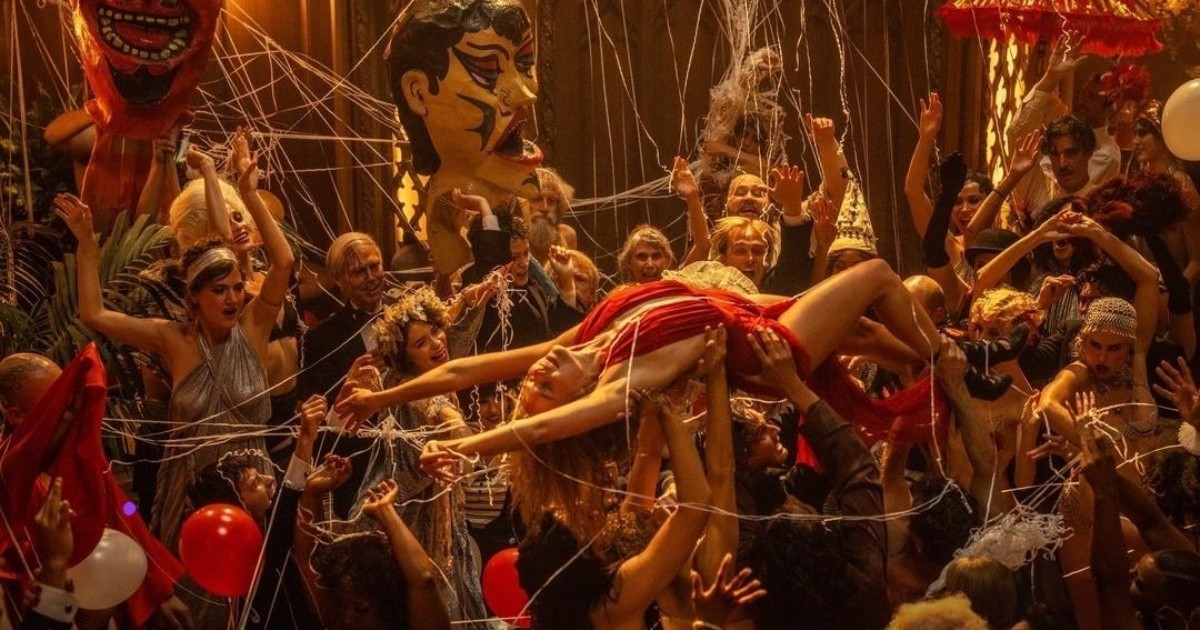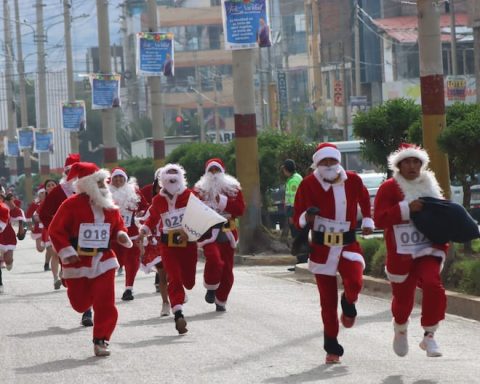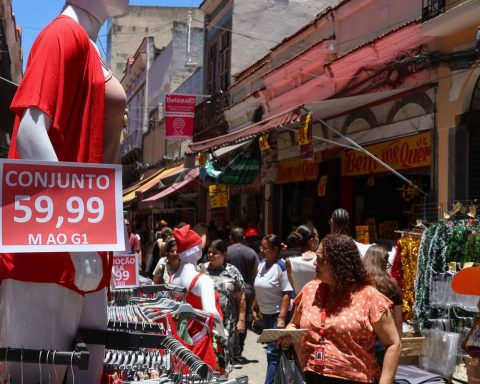A quick look at the audiovisual ecosystem will be enough for us to realize that its contents are increasingly numerous, fast and, above all, brief.
Our attention is constantly challenged by the incessant stream of tweets, reels, TikTok videos, etc. Faced with this saturation –not to say hypertrophy– of the audiovisual space, some authors have pointed out the risk that our capacity for attention is compromised, reduced. Such is the case of Nicholas Carr and his already classic superficial. What is the internet doing to our brains?.
In light of this circumstance, it could be assumed that the design of audiovisual material, such as films or series, would tend to reduce its duration –as happens, for example, in Self defense (Prieto, Barenys and Blanca, 2022), whose episodes do not exceed 15 minutes in length.
But the truth is that the duration of the films does not stop growing.
minutes, more minutes please
The increase in minutes on screen is noticeable in films destined for movie theaters. This is the case in Avatar: The Sense of Water (James Cameron, 2022), with a duration of 192 minutes, the recently released Babylon (Damien Chazelle, 2022), with 188 minutes, or the success Avengers: Endgame (Anthony and Joe Russo, 2019) and its 181 minutes.
But you can also see this trend in movies designed primarily to be exploited by streaming platforms. streaming -What The Irish (Martin Scorsese, 2019), with 209 minutes of footage, and Bard (Alejandro González Iñárritu, 2022) and its 159 minutes– or those aimed at more minority circuits, traditionally linked to independent or auteur cinema. In this sense we can mention Pacification (2022), the work of Albert Serra that takes place over 166 minutes.
What can be due, then, this increase in the duration of the films?
First of all, it should be noted that there have always been movies with an above-average length. Let us think, for example, of the classics such as gone With the Wind (Victor Fleming, George Cukor and Sam Wood, 1939), with a duration of 238 minutes, and Ben Hur (William Wyler, 1959) and its 211 minutes, to give just a couple of well-known examples.
The question that tries to be discussed in this article is the reason for the increase in the length of films at a time when everything –series, wars between platforms streamingthe loss of attention capacity and the endless supply that encourages accelerated consumption– indicates that the trend should go to the opposite side.
a variety of causes
The starting hypothesis is that reason serves three purposes: on the one hand, the desire to broaden the narratives, and on the other, the need to differentiate itself from television fiction (or via streaming) and, finally, the attempt to justify the increasing price of a ticket to the cinema.
This problem, however, is not an absolute novelty, but accentuates features already present in the film industry since the 50’s Hollywood. Already at that time, the need to distance itself from the television offer led studios to bet on works of greater length, with more stars, with more effects, more spectacle. Something like what happens today with productions of the type Avatar Or the Marvel Cinema.
In previous decades, cinemas had opted for a model of double sessions, inherited from the past, or for three screenings in a row. This was one of the reasons why the average length of a film was 90 or 100 minutes long.
Ironically, spirited productions blockbusterswhose duration exceeded the average by a few minutes –as Alien: The Eighth Passenger (Ridley Scott, 1979; 116 minutes), Return to the future (Robert Zemeckis, 1985; 116 minutes), The Ghostbusters (Ivan Reitman, 1984; 107 minutes) and the goonies (Richard Donner, 1985; 114 minutes), to mention just a few examples that are surely still very present in the memory of readers– went from being exceptions to becoming the norm and ended up setting the new course for the industry.
On the other hand, the attempt to expand the narratives (which, paradoxically, could be seen as an “attempt to resemble the series”), without actually constituting something completely new, does present different nuances.
Robert McKee, in his work The script, indicates the existence of works with more acts than the traditional three. In this sense, he cites Four Weddings and a Funeral (Mike Newell, 1994), with five acts; in search of the lost ark (Steven Spielberg, 1981), with seven, or The cook, the thief, his wife and her lover (Peter Greenaway, 1989), with eight.
The exception today
However, as has already been pointed out, what in the past was a kind of exception is beginning to become the norm.
Which leads us to the following conclusion: currently, the cinema must face several problems. Among these are the changes in viewer consumption habits –which include a decrease in theater attendance–, the primacy of the series (more in line with the idea of a domestic and dynamic consumption), the greater audiovisual offer and the price of tickets to the theater –similar to the cost of the monthly subscription to any platform streaming–.
For all the reasons indicated in the text, the film industry, especially the one oriented to be projected in theaters, seems to have concentrate your offer. Thus, it has promoted films with a large budget and duration, with more subplots and greater spectacularization. All these features seem to justify the price of admission and offer a disincentive against subscribing to a platform streaming or other broadcast channels.
In the case of productions more indiesthe longer duration would serve a desire to explore new narratives, further removed from both television discourses or mainstream Like big productions.
Be that as it may, and while we confirm the drift of the sector, it may be advisable to order the popcorn in XL format, if we do not want to run out before the lights in the room are turned on.
This article is included within the investigations carried out by the research group of the University of Murcia IDEcoA.
Gabri RodenasProfessor of Audiovisual Communication, University of Murcia
This article was originally published on The Conversation. read the original.















